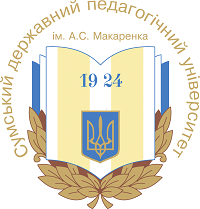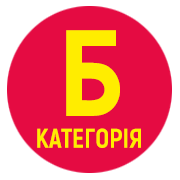METHODS OF CONTROLLING TECHNICAL TRAINING AND PREVENTING SPORTS INJURIES
DOI:
https://doi.org/10.32782/olimpspu/2025.2.12Keywords:
control in sports, control methods in sports, sports injuries, risks in sportsAbstract
The article addresses the issues of controlling athletes’ technical training in the context of sports injuries, considered as a complex multifactorial phenomenon that includes physical, psychological, catastrophic, and fatal consequences for athletes. The importance of injury prevention in ensuring safety and preserving athletic careers is emphasized. The authors trace historical examples of sudden death in sports from antiquity to the present, demonstrating that this problem has deep roots and remains relevant today. Special attention is given to the causes of sports injuries, among which are insufficient physical preparedness, improper exercise technique, overtraining, failure to observe safety rules, use of worn-out equipment, and unfavorable training or competition conditions. The article highlights international experience in risk management in sports, which is based on identifying, minimizing, and forecasting potential hazards in the training process. The significance of implementing modern digital technologies and specialized diagnostic systems in athlete preparation is underlined. In particular, the potential of systems such as Qualisys mocap, Vicon Motion Capture, Weightlifting Analyzer 3.0, OptoJump, Dartfish, and Delos Postural System is analyzed. These tools enable biomechanical analysis of movements, technique assessment, optimization of recovery and rehabilitation, as well as improvement of athletes’ coordination abilities. The use of innovative technologies contributes to the integration of scientific and technological advances into sports practice, creating conditions for reducing injury risks, enhancing training efficiency, and extending athletes’ competitive careers. The conclusions stress that a rationally organized training process, supported by diagnostic equipment and digital systems, is a key factor ensuring safety, stability, and high performance in sports.
References
Костюкевич В. М., Шевчик Л. М., Сокольвак О. Г. Метрологічний контроль у фізичному вихованні та спорті: навч. посіб. 2-е вид. перероб. та доп. за заг. ред. В. М. Костюкевича. Київ : КНТ, 2017. 256 с.
Костюкевич В. М. Теорія і методика спортивної підготовки у запитаннях і відповідях. Навчально-методичний посібник. Вінниця : Планер, 2016 159 с.
Круцевич Т. Ю. Теорія і методика фізичного виховання. Київ : Олімпійська література, 2008. Т. 1. 391 с.
Лазоренко С. А., Балашов Д. І., Лазоренко С. С. Термінологія сучасних силових одноборств та спортивної боротьби. Суми : ФОП Цьома С. П., 2020. 188 с.
Лазоренко С. А., Ворона В. В., Чхайло М. Б. Історична онтологія олімпійських і неолімпійських видів спорту. Навчально-методичний посібник. Суми : ФОП Цьома С. П., 2024. 286 с.
Платонов В. М. Сучасна система спортивного тренування : підручник. Київ : Перша друкарня, 2021. 672 с.
Шиян Б. М. Теорія і методика фізичного виховання школярів. Ч. 2. Тернопіль : Богдан, 2003. 279 с.
Downloads
Published
Issue
Section
License

This work is licensed under a Creative Commons Attribution-NonCommercial 4.0 International License.







